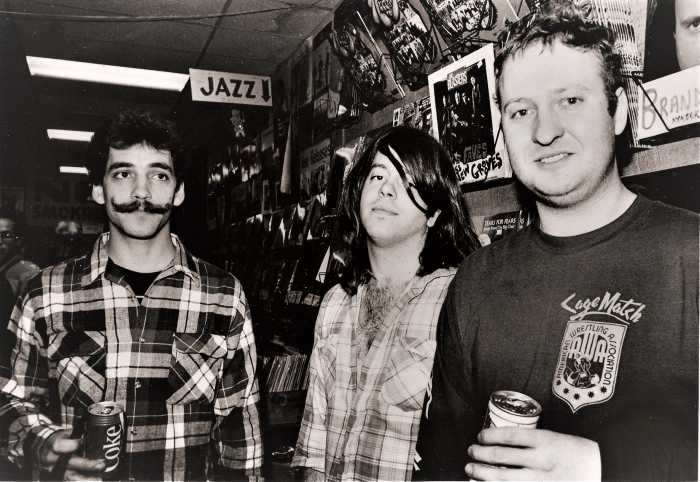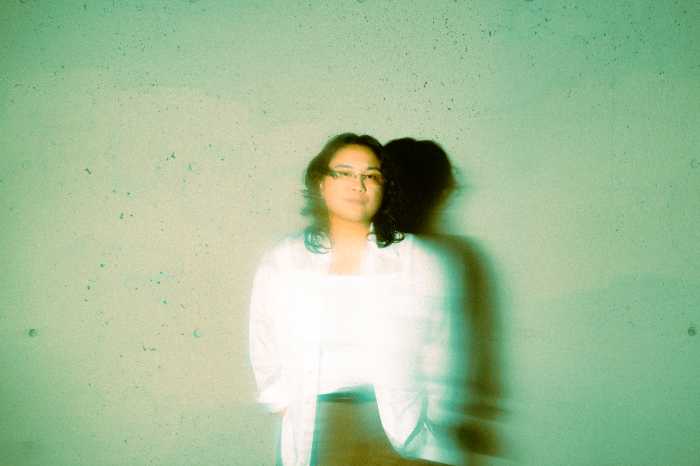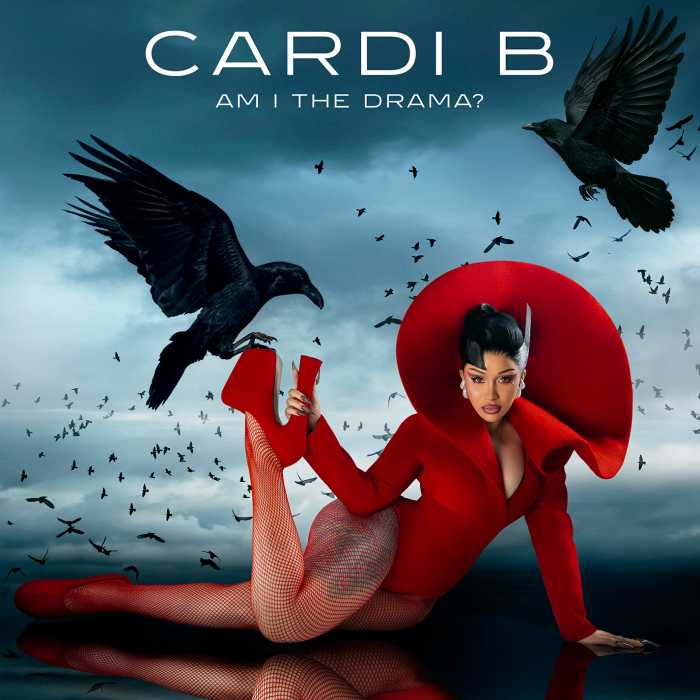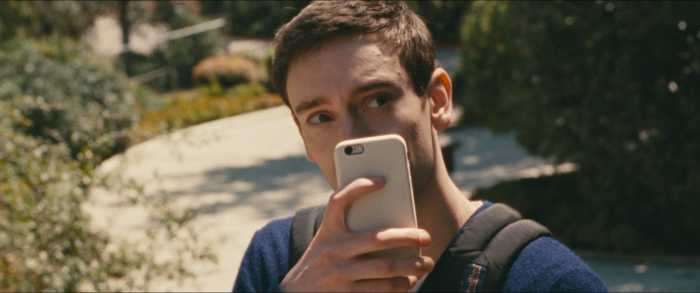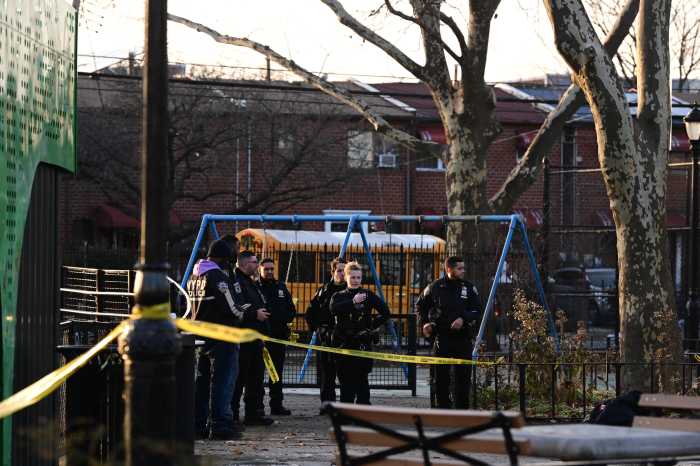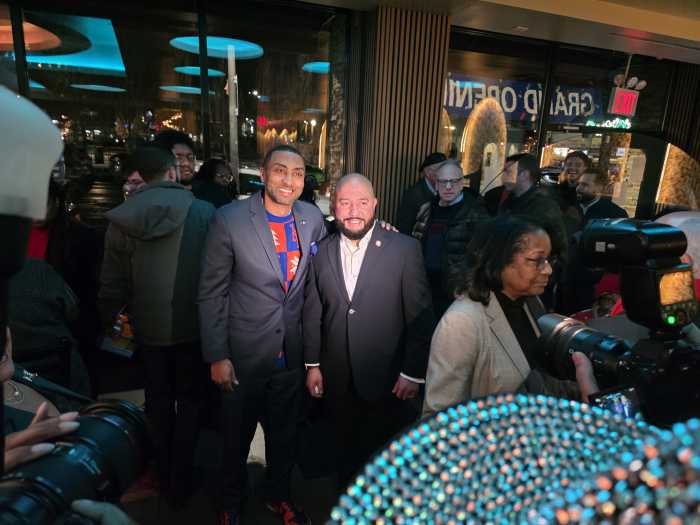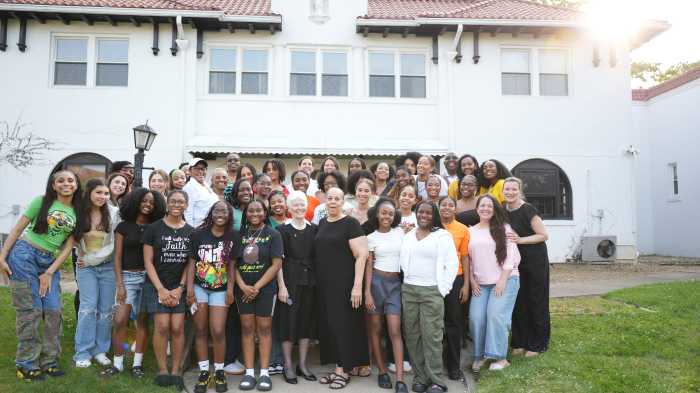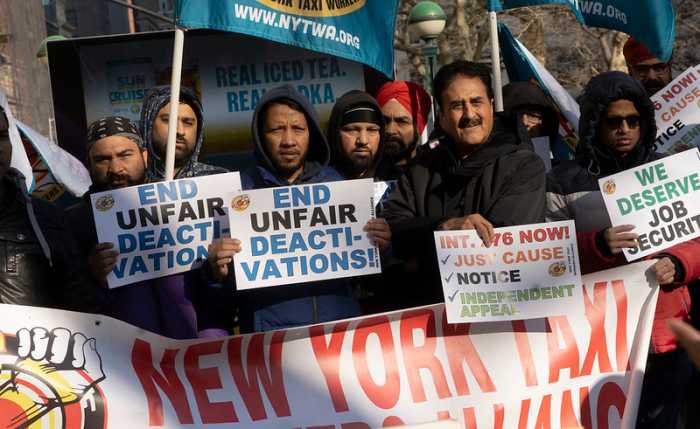Choreographer Karl Anderson, deep into the rehearsal process for his “retrospectacle” at the Joyce SoHo next week, arrived at my door one December evening, straight from a yoga class, wearing a white T-shirt.
By: ELIZABETH ZIMMER
Karl Anderson/SLAMFEST
“retrospectacle”
Joyce SoHo
155 Mercer St.
btwn. Prince & Houston Sts.
Jan. 4-6 8 p.m.
$15; 212-334-7479
Choreographer Karl Anderson, deep into the rehearsal process for his “retrospectacle” at the Joyce SoHo next week, arrived at my door one December evening, straight from a yoga class, wearing a white T-shirt. Tall, broad, with close-cropped caramel-colored hair, he looks like a construction worker-which in fact he is.
Anderson, who turns 45 next week, supports his dance habit by working full-time for Paik-Holtzer, a design-build architecture firm, as a site supervisor.
“I do construction work and supervise plumbers, electricians, other carpenters; order all the supplies and assess the flow,” he explains.” It's an interesting contradiction; in dance you're seen and known by the community; there's an ego aspect. In construction you're invisible, because no one wants to talk to construction workers.”
After graduating from CalArts in 1986, Anderson returned to his native San Francisco and danced for a year, then moved to New York.
“I danced for Stephanie Skura, which had been a dream of mine, and for Merián Soto, and briefly with David Dorfman, which wasn't my cup of tea-everybody likes different tea.”
He showed his own choreography at P.S .122 and at Judson, “and was just taking off, in terms of being in those companies that were cool, when I got disgusted with the politics of dance, and quit. I was working at DTW at the time, so I got to see firsthand why and how certain artists were getting produced and others were not. I didn't approve of some of the criteria that were being used-gender politics, race politics, the strategies of what can sell or affirm their image as producing cool work.”
He enrolled at Pratt Institute's School of Architecture, in Brooklyn. “I did five years of undergrad, and decided I wasn't going to do architecture, but there was someone there I wanted to do graduate work with, so I spent another year and a half studying with Haresh Lalvani. He had a morphology studio-the study of change over time, architecture that has multiple uses. He was working for NASA on deployable space stations that could change their shape.”
In 1998 he received a master's degree in architecture. “So many of my friends had passed away from AIDS, including Tracy Rhoades,” he said. “I thought, why do something you like when you could do something that you love? I've been choreographing ever since. Word got out that I was coming back to dance, and Sally Silvers called me out of the blue and asked me to be in a piece. I worked at DTW about 20 hours a week. That and lots of student loans got me by. I'll be 73 when I finish paying them off; I owe $125,000.”
Skura and San Francisco choreographer Joe Goode were his inspirations, as well as Sally Silvers. “I'm inspired but not influenced. I do lots of provocative and at times absurdist explorations of the human condition, a full range from subdued, mature choreography to raucous and fun performance art. 'Retrospectacle' is divided into two halves-performance art events, a personal and political nude solo, and then a parody of the boy-girl love duet, a form I just abhor. A performance art piece with me riffing on ways of perceiving the world. In the second half there's a sort of prayer solo, a calm and sensuous trio, and a duet with Kate Weare which is intricate and complex. It'll be a real arc, from absurd to poignant.”
Slamfest takes its name from professional wrestling. “I was very good friends with a fellow at CalArts whose brother was an M.C. for big-time wrestling; through Mark I was introduced to the performance-art spectacle of our age. They'd have something called a slamfest, 10 or so wrestlers in the ring; the last man standing won the slamfest. I glommed onto that title, as a way of making art and choreography less precious, letting it be a term of mass media, a current populist, vernacular performance art.
“I don't even bother applying for grants,” said the choreographer. “Very few go out to individuals. You have to be a not-for-profit entity, and the amount of money is negligible. After working a 40-hour week, I want to choreograph, not write a grant proposal.”
“When I quit in 1990 there was momentum building,” he said, “which I have not regained. And I'm older. Dance is a very age-ist medium. The year I quit I showed in Canada, Puerto Rico, upstate New York; when I started again the individual choreography grants were gone. And I wasn't a cute young 25-year-old male dancer, just graduating from college, with everyone curious about what I was going to do.
“Stephanie Skura used to say that before AIDS, at the top of the food chain was the gay male dancer of color, followed by the white gay male dancer, followed by straight male dancers, then straight women dancers, and at the bottom of the food chain were lesbian choreographers. What mattered was who thought you were cute or politically acceptable.
“Now, it's similar. The top of the pecking order is still gay men of color, and white gay men, but then it shifts-it's straight women, lesbian women, and straight men. I've been part of a few debates about the male privilege thing in dance. It exists but it's a double-edged sword. The people who attack us don't see what straight men give up to be dancers. In the homophobic society we live in, if you're a dancer you're supposed to be gay. If you're straight, people with those prejudices can't figure you out, and your level of respect is actually lower than gay dancers and choreographers.
Anderson lives with his longtime girlfriend, Dawn Eshelman. They both work full-time. “I'm certainly never going to be able to buy her a house, because I'm a dancer. When you don't fit into the slot, it's harder for people to deal with you. The stigma is actually more intense for straight men. You give up participating in the money-making society we live in, being a breadwinner. We do something that's not profitable and not respected.
He's been with Eshelman for seven years, but “until same-gendered couples can get married, I don't want to participate in that institution. It seems hypocritical to have gay friends and get married; it's not something I'm gonna do.”
“Now I make different work. I used to always have props and sets, texts and nudity, throwing meat around onstage; it was a little bit like the circus. Performance art was big in the late '80s, when dancenoise was making work. For the last five years I've been focusing more on dance, letting text and props go away. I'm exploring the integrity of movement as communication.”
“Retrospectacle” will run about 90 minutes including an intermission. “All modern dance is too long, but not this show,” he said.

